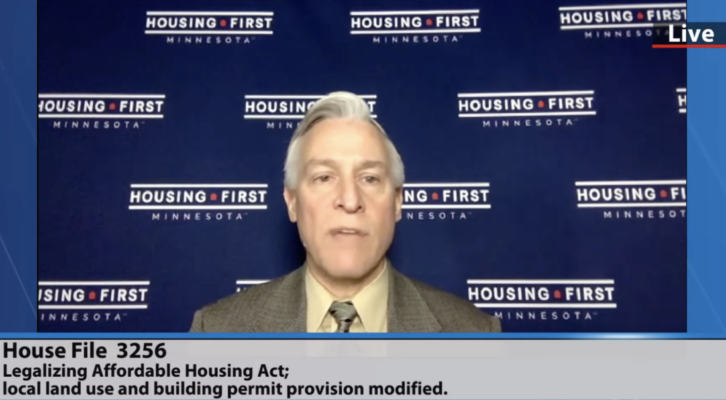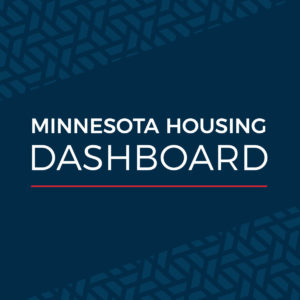Members of the House Local Government Division heard from nearly a dozen testifiers on Wednesday morning as they began the discussion around HF3256, the “Legalizing Affordable Housing” Act. Representative Steve Elkins (DFL, Bloomington) ran through the many articles of the bill and then gave the microphone over to a handful of housing experts to run through the data from Minnesota’s Housing Market.
Danielle Leach of Zonda showcased the extremely low amount of homes for sale and discussed the pipeline to bring more homes to market is limited due to the unhealthy lack of available lots.

Next, Luke Bell with Zillow cited their own research while advocating for zoning changes. “According to the Zillow Home Value Index, home values in the Minneapolis-St. Paul metro area have appreciated by 43% in the last five years, and 12% in the last year alone,” Bell explained.
He went on to explain, “The Black homeownership rate is currently just 26%, compared to the white homeownership rate of 76%. This is the lowest Black homeownership rate and the largest gap between Black and white homeownership rates in the entire nation out of all 59 metropolitan areas studied. Modest densification would enrich the mix by creating more so-called “missing middle” housing in two to four unit buildings, and therefore unlock life’s next chapter to persons of color – who have for too long faced barriers to home ownership.”
Then, Libby Starling of the Federal Reserve Bank of Minneapolis showcased charts emphasizing the need to build a lot more housing units in order to catch up for a decade of underbuilding.
David Arbit of the Minneapolis Realtors ® Association shared data showing the steady price increase in newly built homes and the vastly undersupplied market.
Salim Furth of the Mercatus Center of George Mason University did a deep dive into the data behind Planned Unit Developments (PUDs) stating, “Land use authority is not a purely local prerogative. It takes place within an institutional framework defined and regularly adjusted by the state. When warning signs emerge, such as the dominance of PUD regulation in growing metropolitan suburbs, the legislature should consider adjustments to those institutions to ensure that local land use authority can be used in ways that are fair, protect property rights, and serve the interests of Minnesotans.
He also shared local data showing how local requirements of just 1,000 more square feet for a lot can costs tens of thousands of dollars.

Those that testified in favor of components of the bill included David Werschay of Werschay Homes. “We want homes that people can afford. Homes that workers can afford are essential to our workforce in Central Minnesota. We should end zoning by loophole. PUDs manipulate the housing market and it hurts homebuyers.”
Additionally, Paul Heuer of Pulte Homes and a member of the Advocacy Committee, cited his lengthy experience from both sides saying, “I’ve worked for both cities and homebuilders. We are seeing a lot of strong demand for first-time homebuyers and we are having a difficult time satisfying their demands. The decreasing affordability in the Twin Cities can be tied to accumulating regulations in the housing industry.”
Peter Coyle, counsel for Housing First Minnesota, was one of the final testifiers of the day stating, “Housing affordability is approaching crisis proportions for Minnesotans. We see other Midwestern states addressing this issue, it’s time for the Minnesota legislature to do the same.”
The conversation is scheduled to continue in the Local Government Division again next Wednesday. To view the hearing in its entirety click here.















